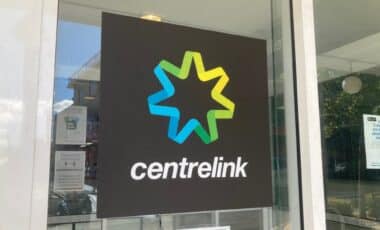The Australian government has introduced a new initiative to support students undertaking unpaid placements as part of their higher education programs. Starting this week, students in fields like nursing, teaching, midwifery, and social work can apply for a new payment known as the Prac Payment. This payment, offering $331.65 per week, aims to ease the financial strain faced by students who often struggle with “placement poverty” due to the unpaid nature of their required practical work.
The Prac Payment will be available to thousands of eligible students who are required to complete extensive placements to gain practical experience in their field. These placements, while essential for graduation, often leave it unable to earn a living wage, making it difficult to afford essential expenses like housing and food. With the payment, the government seeks to reduce this financial burden and provide much-needed support for future healthcare professionals, educators, and social workers.
Support for Key Professions
The Prac Payment will primarily assist those in the fields of nursing, teaching, midwifery, and social work, where long-term unpaid placements are a requirement for graduation. Nursing students, for example, must complete up to 20 weeks of placement, while social work students can be required to undertake placements lasting up to 26 weeks. These placements are crucial for gaining hands-on experience, but they can lead to significant financial hardship, as individuals are unable to work and earn income during this period.
Prime Minister Anthony Albanese confirmed that those studying nursing at TAFE can begin applying for the payment immediately, while university students will be able to apply from July 1. This initiative is designed to help individuals focus on their education and training without the added stress of financial instability during placements.
How the Payment Works
Many in these fields have reported significant struggles during their unpaid placements, often referring to the experience as “placement poverty.” Without the ability to earn an income, individuals have found it challenging to afford basic living costs, including rent, food, and utilities. This payment seeks to address these issues by providing a financial cushion during the critical period of placements, ensuring that they can complete their studies without unnecessary financial stress.
This initiative also addresses a long-standing concern raised by both students and educators: the need for practical support for those who contribute significantly to essential sectors like healthcare and education. By offering a reliable income during placements, the government hopes to retain individuals in these critical fields and ensure that future professionals can complete their studies without financial setbacks.
Addressing ‘Placement Poverty’
Many in these fields have reported significant struggles during their unpaid placements, often referring to the experience as “placement poverty.” Without the ability to earn an income, individuals have found it challenging to afford basic living costs, including rent, food, and utilities. This payment seeks to address these issues by providing a financial cushion during the critical period of placements, ensuring that they can complete their studies without unnecessary financial stress.
This initiative also addresses a long-standing concern raised by both students and educators: the need for practical support for those who contribute significantly to essential sectors like healthcare and education. By offering a reliable income during placements, the government hopes to retain individuals in these critical fields and ensure that future professionals can complete their studies without financial setbacks.
Exclusions and Other Support Measures
While the Prac Payment is set to support thousands, it is important to note that it is not available to those in allied health professions, despite their similar placement requirements. The exclusion of allied health students has raised questions among some in the academic community, as these individuals also face the financial pressures of unpaid placements.
In addition to the Prac Payment, the government has announced a 20% reduction in HECS debts for eligible individuals, which will be the first piece of legislation introduced when Parliament reconvenes in July. This initiative aims to further alleviate the financial burdens faced by those pursuing higher education.
The Prac Payment and other measures are part of the government’s broader strategy to reform the education sector, as outlined in the Australian Universities Accord. The government’s investment of $427.4 million in these initiatives reflects its commitment to improving the accessibility and affordability of education for all Australians.









